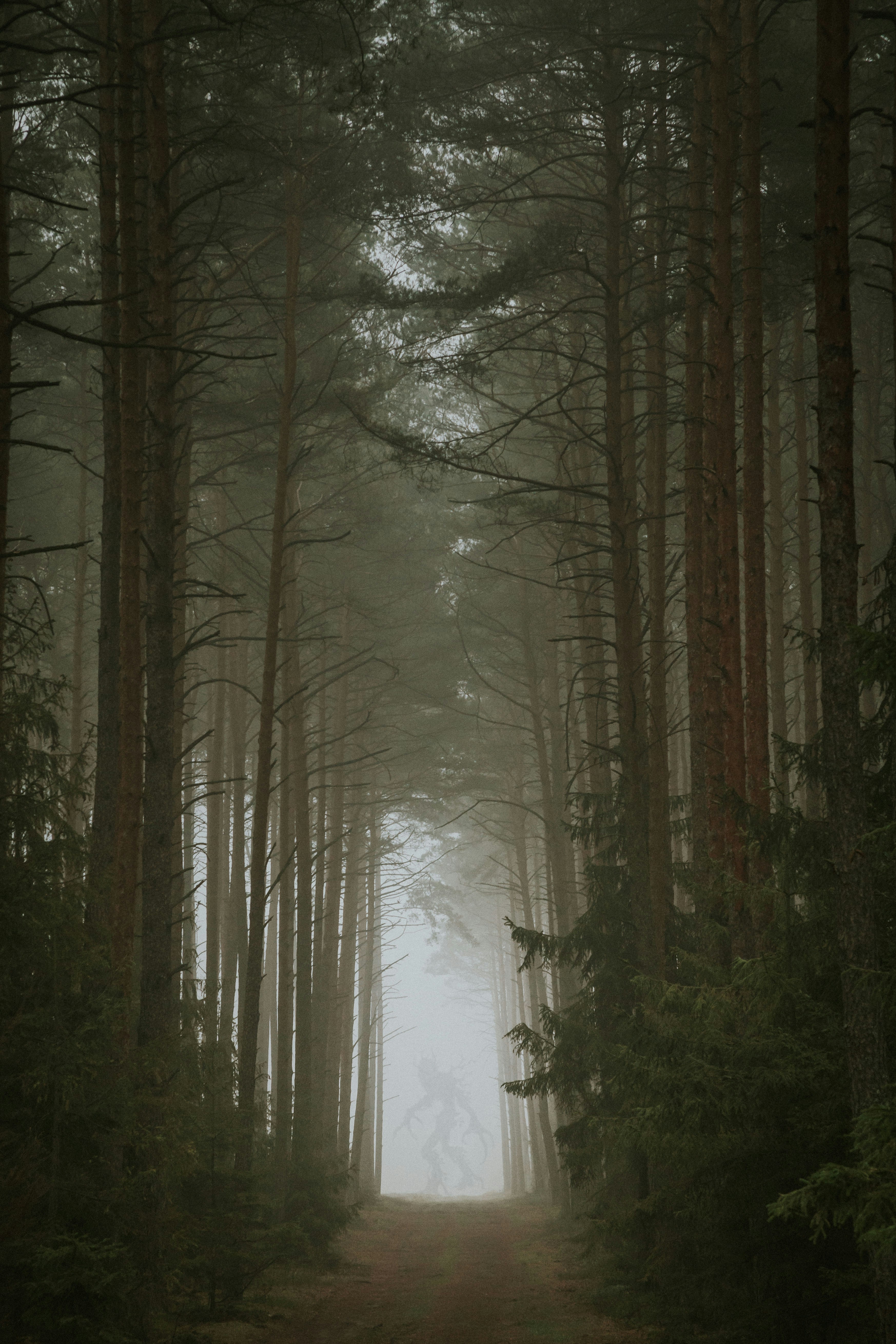
How to beat Goliath
Because size doesn’t matter
I have formulated 6 rules which I call David’s rules. These are for anyone facing the big one ...
The biggest leadership challenge, irrespective of the situation, is the ability to build self-motivated, autonomous teams. Teams who after you have built them, work without you and don’t consider you necessary for their success. My greatest success in my years managing profit centers was in building such teams. This is tough because making yourself redundant is not easy, especially on the ego. People like to feel needed and don’t like others to work without asking them what to do. No matter all the smooth talk that many managers like to dish out about how they love independent thinking, critical analysis and whatnot. When subordinates start acting on their own, they feel threatened and worry that if their subordinates work too well without their direct and visible interference (that is what it really is), they may lose their jobs. They don’t like questioning and hate dissent. I, on the other hand, love questions because they indicate interest and commitment. And I love it when my teammates disagree with me and offer their own solutions because for me that is the litmus test of the readiness of the team to work independently. The thing to do is to build teams and keep moving. How can you progress, develop and grow if you get rooted to one place? The secret to growth is to move after leaving behind a legacy of honor. One powerful way to do that is through shared experiences. Some happen. Others must be created.
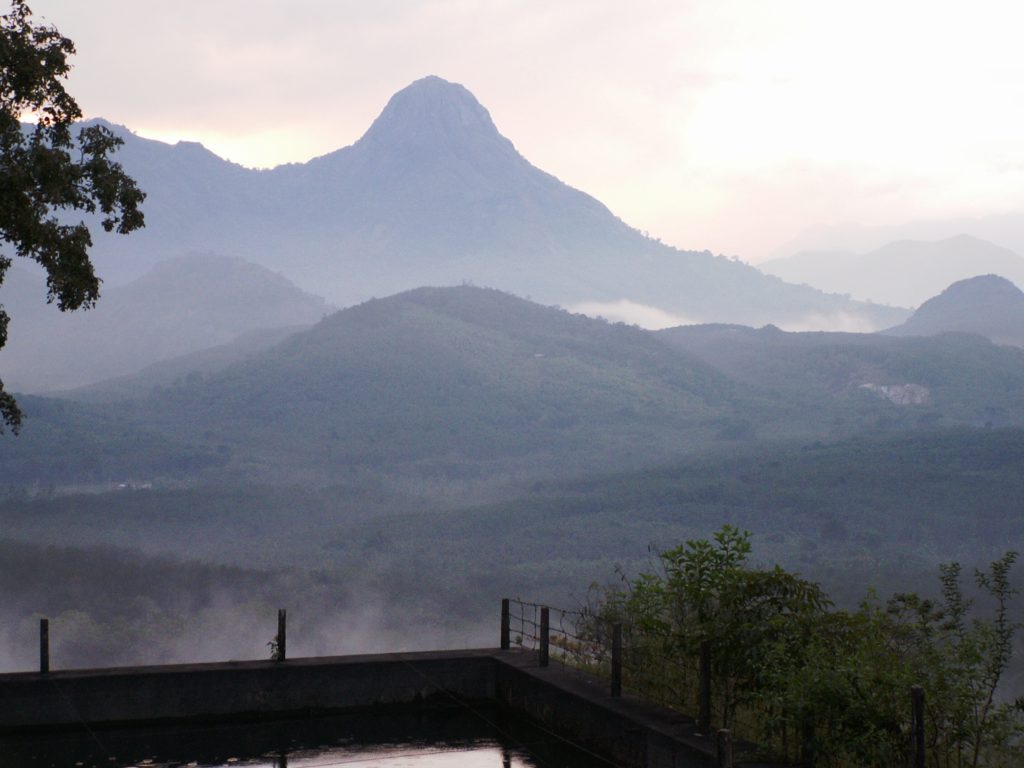
I was posted as the Manager of New Ambadi Estate, a 2000-acre rubber property in Kulasekharam, Kanyakumari District in Tamilnadu, with another smaller rubber estate called Greenham. There were also two rubber factories and the Arunachalam Higher Secondary School with 1200 children and 75 staff, in this basket. One rubber factory was on Ambadi Estate and there was a latex factory in Nagercoil, which was the nearest big town and the District Headquarter. Kanyakumari is the tip of the Indian Peninsula jutting out into the ocean where three seas meet, the Arabian Sea, the Bay of Bengal, and the Indian Ocean. Kanyakumari it is the only place on earth, where you can see both the sunrise and sunset from the ocean.
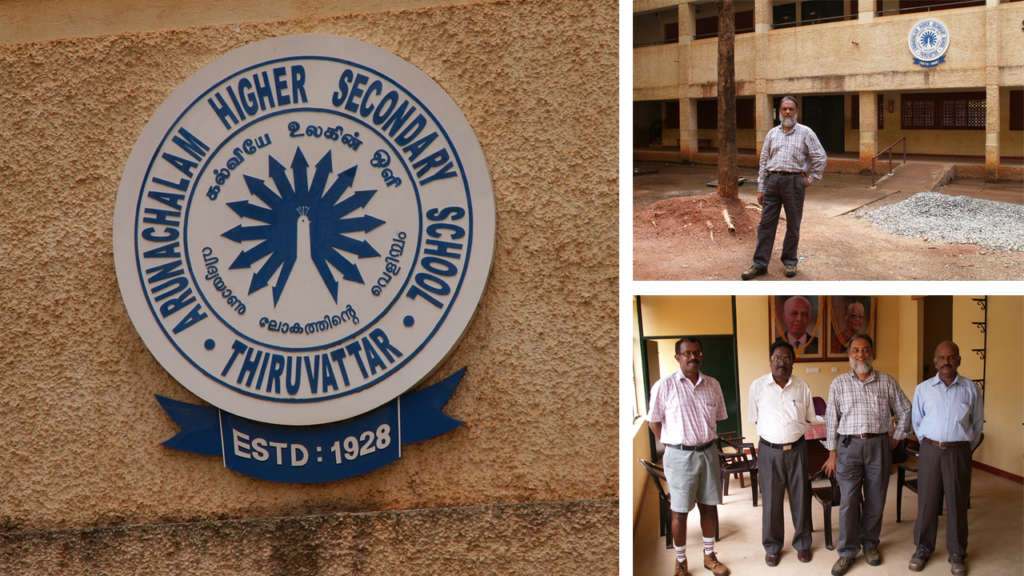
When I took over New Ambadi Estates as the Manager in 1989/90, I had four Assistant Managers, Arun Kumar Menon, Roshan Appaiah, Sunil Abraham, and Jayanand, and I didn’t know the first thing about rubber planting. Arun was the senior assistant, and he became my teacher in rubber planting and manufacturing. Jayanand taught me rubber manufacturing technology because that was his specialty. Roshan’s father, Mr. Poovaiah, was my first teacher in tea planting, because he was the Field Officer in Sheikalmudi Estate in the Anamallais, when I joined planting in 1983. Sunil was new to planting and we all became good friends and remain to this day. Arun heads the company today. Roshan is on his own in Mysore. Sunil is in a big job in Canada and an avid fisherman on weekends. Sadly, I have lost touch with Jayanand and wish he is well, wherever he is. But the others I am in touch with almost daily. All my teammates, these four and others, are dear friends and I am most appreciative and grateful for this.
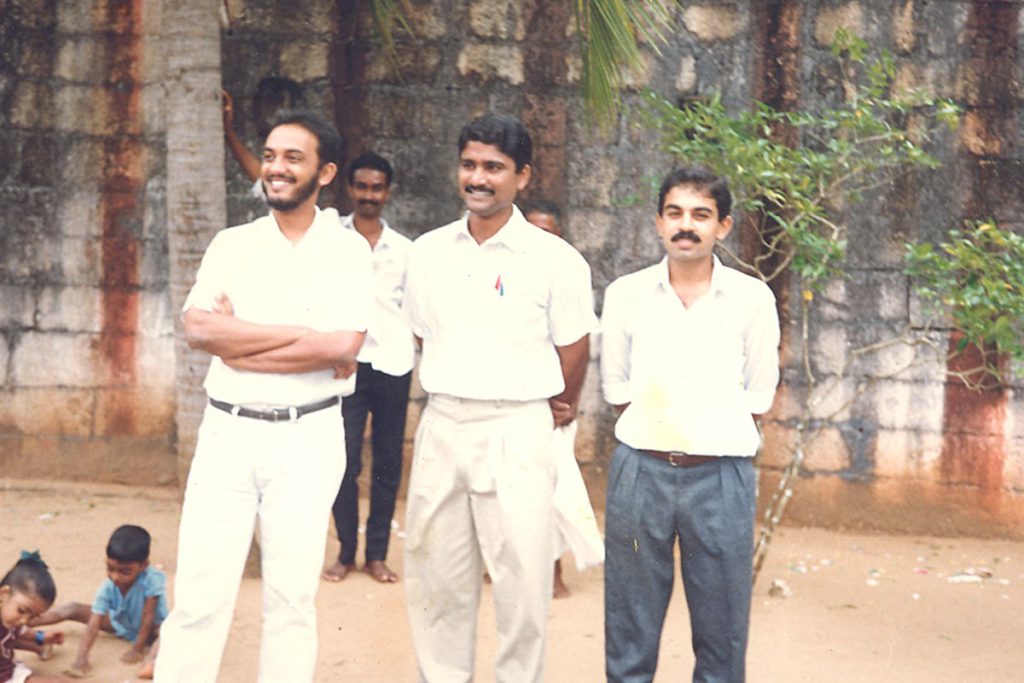
Arun, Roshan, and I did a trek to Manjolai, the BBTC tea estates on the mountains, that, ‘are located between elevations ranging from 1000 to 1500 metres (about 3200 – 5000 feet). The Manjolai area is set deep in the Western Ghats within the Kalakkad Mundanthurai Tiger Reserve in Tirunelveli District. Located on top of the Manimuthar Dam and the Manimuthar Waterfalls, the Manjolai area comprises tea plantations and small settlements around them. Upper Kodaiyar Dam; and a windy viewpoint called Kuthiravetti. The tea plantations and the whole of Manjolai estates are operated by the Bombay Burmah Trading Corporation Ltd. on forest lands leased from the government of Tamil Nadu.’ That is what Wiki tells us.
‘Kuthiravetti’ is a strange name which means ‘slaughter of horses’. But I believe it is a corruption of Kuthirai-katti, place to tie the horse i.e., stable. Kanyakumari district, where Ambadi is located, is in the plains in which the feet of the Western Ghats are grounded. But if you climb up from the plains, straight up the side of the mountain, about 5000 feet later, you will stand on top with the plains at your feet. There is a more normal and far easier way to get to Manjolai by driving up the mountain from Thirunelveli. But satisfaction is directly proportionate to effort and so we decided to trek up the mountain. Shared experiences, especially tough ones that you win, are great binders of people and a lot of fun to boot.
One Sunday morning, Arun, Roshan, and I started at daybreak. When my friend Suryaprasad, IPS, the ASP (Assistant Superintendent of Police) for Kanyakumari, heard that I was planning to go, asked if he could come along and would inspect the Police Station at the top of the mountain in Manjolai. I asked him if there was much crime in that area. He told me that in the past year there had been two thefts. Safe place, you would say. The path up the mountain was narrow and very steep. In places we had to slash our way through undergrowth. The path existed to service a ‘ropeway’ which would have been a rope on a pulley when they built the dam, but which now is a winch powered car going up the mountainside, running on a railway track and used to take supplies for Irrigation Department officials in Manimuttar Dam. The ‘car’, rather a grand word for a roofless tray with wheels, two seats and place to put luggage, runs on a narrow railway track with a central rail with teeth on it. On the bottom of the car is a metal hook that clacks as the car is dragged up the mountainside by the winch. The teeth on the central rail are meant to stop the car hurtling down the mountain to its destruction, if the steel cable were to snap. The path along the ‘ropeway’, which we followed, was hardly ever used and was uneven, deeply scored with gullies made by rainwater runoff and had long grass with serrated leaves which tried their best to flay the skin off your bones as you walked. In places it also had the dreaded nettle called Anaimarti, the leaves of which if touched, sting ferociously and if you are allergic can land you in hospital. Yet we climbed.
As we climbed, the sun rose higher in the sky. There was no shade as there are no large trees on the mountainside. Kanyakumari is a hot and humid place and climbing mountains is not the most comfortable activity. Add to it scratches from thorns, insect bites, sweat pouring out from every pore and snaking is way down your back, along your legs, burning into the scratches and very soon you start to question your sanity. This is where the ego comes into its own. It is almost the only positive use of one’s ego. It keeps you going. It is a good thing that in such situations, people are short of breath and hellbent on keeping up the pretense of toughness, perseverance, tenacity, and grit. That makes them keep their mouths shut. If one of us had simply asked, ‘How many of you think that this was a bad idea?’ we would have been going back downhill in a jiffy. But that didn’t happen. We continued to climb.
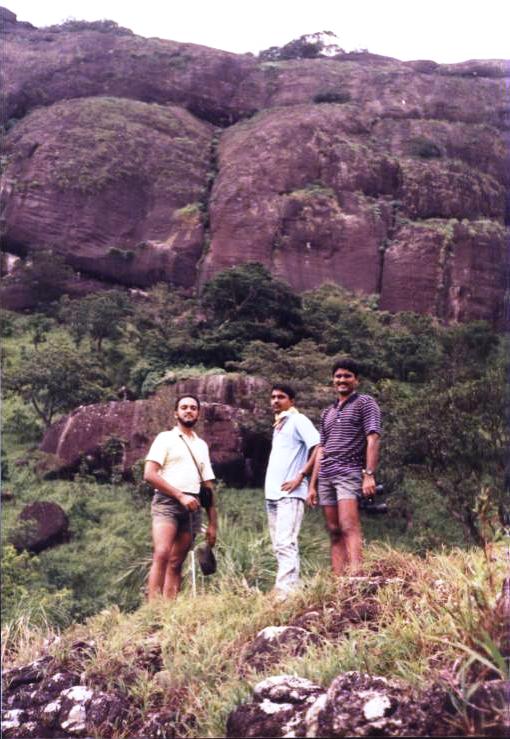
After about two hours of grueling effort, calves and thighs on fire, chests heaving like bellows, we reached a halfway point. It was a bench of rock that we could rest on for a while. One thing about halfway points when climbing mountains; they are also the point of no return. After that you can only go one way; up. Going down from the halfway point is even tougher because the descent is always more taxing on the knees and thigh muscles than climbing. We drank a little water. Cannot drink too much or you get cramps. Then back to the climb. “This had better be worth it”, I am saying to myself. Then as we climbed higher the air started to get cooler and the climbing became easier as we got our second wind.
Eventually as in every climb, if you do it long enough, you get to the top. So did we. We turned around to look at where we had come from. And what did we see? A rich carpet of many shades of green, with huge splashes of quicksilver. Rice fields in various stages of growth with ponds of lotus and lilies. Too far to see the flowers but the water shone like mercury in the sun. Raise your sights a tad and it turns blue, first hazy, and then clearer and then way out in the distance a deep blue which looks like the sky but isn’t. That is the mist rising from the rice paddies, the sky at the horizon and the blue of the Indian Ocean. Then up the mountain comes a breeze. So cool and refreshing that I can still feel it, knowing that the coolness of the breeze is in proportion to the effort made to get to that place. The harder the climb, the hotter the sun, the more we sweat, the cooler and more refreshing, the breeze. That is life itself, isn’t it?
The story does not end here. Our climb had ended but not our trek. We still had about 8 miles to go to get to the Manjolai Club where we planned to rest and get something to eat. This was many years before mobile phones, so we couldn’t call anyone and say, ‘Come and get us.’ So onward we marched. I was last, to make sure that everyone was doing well and so I followed them. As we walked on in silence, one side of the road bound by a high bank, thickly forested, the back of my neck tingled and I had an eerie feeling of being watched. I looked up and behind me and there on top of the bank, was a large leopard, sitting on his haunches like a dog, looking down on us. Our leopards in India are not dangerous to people and so I was not worried but just to make sure that there was no panic, I kept my own counsel and we walked on.
That reminds me of a wonderful story of this place. BBTC had a Group Manager called Geoffrey Breay who developed a 9-hole golf course in the Kakachi division of Manjolai Estate. The course has no greens, only browns. It is a very picturesque location surrounded by forest, often with Sambhar grazing on the course and sometimes a pack of Dhole (Red Indian Wild dog) taking the sun as you walk in to tee off. One wonderful story I heard recently in a lovely account of these estates by Mr. Rajesh Thomas (I knew his father, Mr. Jyothikumar Thomas, Group Manager, Manjolai). In 1984 during the visit of Mr. A. D. McNaughton, Director, one early misty Sunday morning, the Group Manager and Managers were playing a round of golf. As they teed off, one of them noticed a solitary cow standing on a flat rock to one side, between the fairway and the forest. He showed it to his friends, who all remarked at this strange sight. As they continued to the third brown, the mist cleared, and they saw their cow turn into a large tiger watching them intently. Evidently tigers appreciated golf even before one of them decided to start playing it – Tiger (in the) Woods. Such experiences are far from rare in planting, and I have a couple of them which I recall very warmly.
Our lovely surprise was that when we reached Manjolai Club I found my good friend Ricky Muthanna, the General Manager of BBTC, the company that owns the tea estates was at the Club. He was visiting from the Anamallais to inspect these properties and being an avid golfer, had just returned from a round of golf when arrived. We got a hero’s welcome. Ricky applauded our effort and held us up as examples to his management team, much to our great embarrassment. But that was more than compensated for with great food, after we had washed up and been plied with cool drinks and juices. After dinner, Ricky insisted that his car would take us back home, which was certainly more than welcome. We had planned to return in the ‘ropeway’ car and then have my car pick us up from the bottom but a drive in Ricky’s car was a much better option.
Beautiful times, friends, and memories.
Please log in to leave a comment
Loading comments...

I have formulated 6 rules which I call David’s rules. These are for anyone facing the big one ...
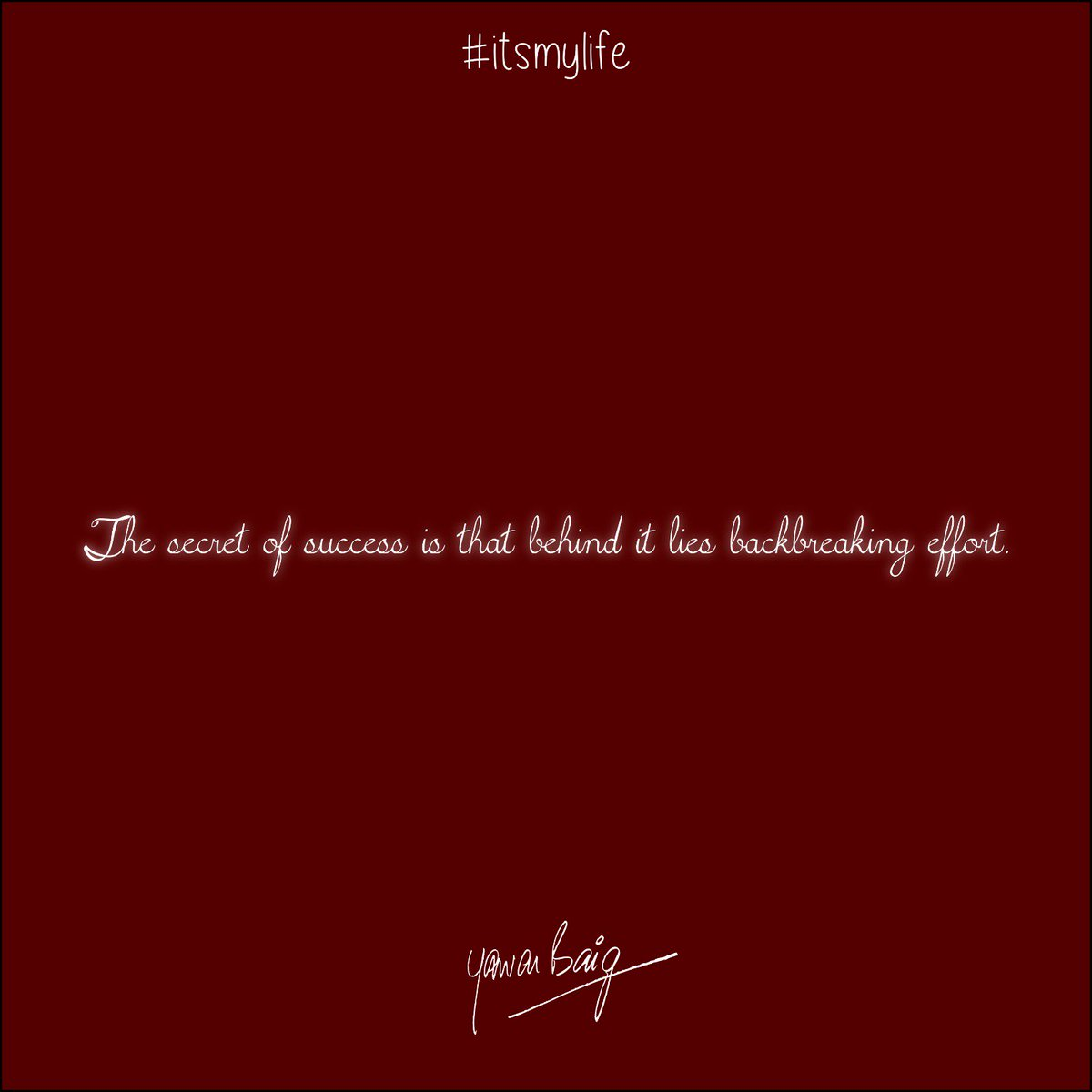
One of my friends who comes from ...
I have said this a million times, if I have said it once – the three crimes committed on society with society’s blessing are: Commerci...